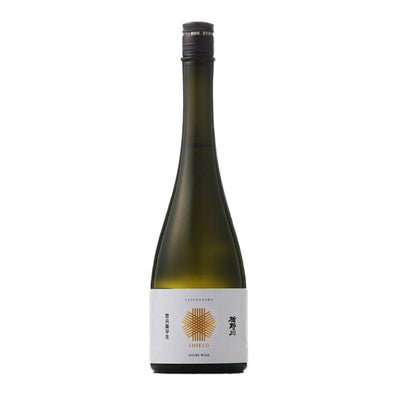
Gohyakumangoku RICE : 五百万石
Origin
Gohyakumangoku, registered in 1957, has a translation of "five million koku" or roughly 9 million liters. This rice variety earned its name after Niigata's rice yield exceeded 5 million koku that same year. It took two decades for the sake to become widely known, however its stability and ability to be brewed by machine ensured its popularity until 2001 when Yamada Nishiki surpassed it. Gohyakumangoku is now cultivated throughout Japan, with Niigata, Toyama, Ishikawa, and Fukui being the biggest producers.
Characteristic
Gohyakumangoku rice is known for its large grains, which are a sign of high-quality sake rice, weighing 26 grams per thousand unmilled rice grains. These large grains have a well-centered starchy core called shimpaku, making them ideal for sake brewing. The central starch cluster allows for effective removal of outer layers that can introduce unwanted flavors in sake, and the high starch content supports a strong and stable fermentation process. However, the downside is that the large shimpaku prevents the rice from achieving a low seimaibuai, as further milling can damage the starch and grain.
Sake Quality
Gohyakumangoku creates a light and clean sake, representing the Niigata style, known for its refreshing taste. This contrasts with the rich and often full-bodied sake produced with Yamadanishiki rice.





